In the world of visual effects (VFX), talent isn't everything. Having the right tools is essential to producing quality projects. At Tronatic, we've got our favorites! Here are the five essential tools that every VFX professional should have in his or her toolbox.
Light probes
First of all, the Light Probes, very often presented in pairs, these two spheres - chrome-plated for reflections and matte for light references - are essential as they serve as a reference for the ambient light of a scene...
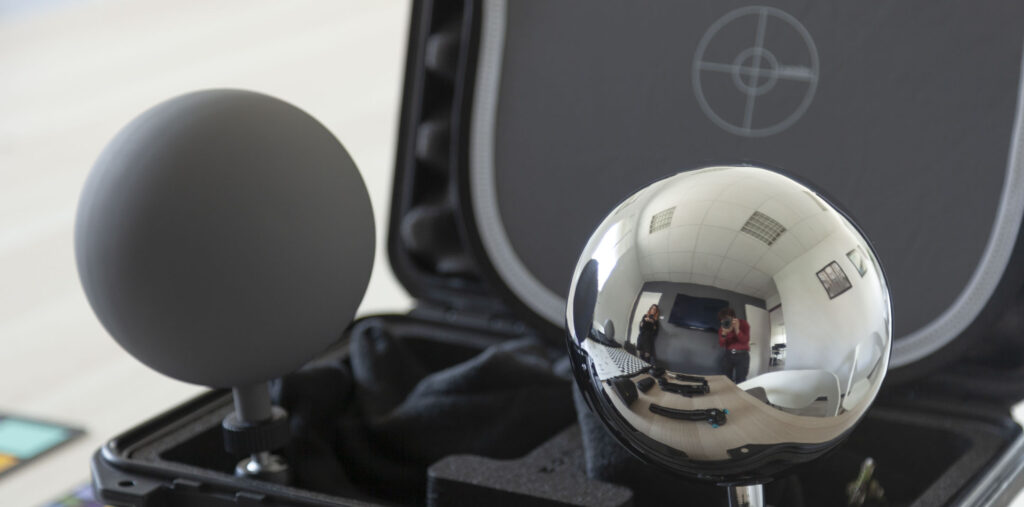
This light/reflection combination is used to measure light and serves as a reference for inlaying a 3D element into a realistic environment.
This data is crucial for obtaining consistent shadows, reflections and light between virtual and real elements.
Once the data has been analyzed, it is now possible to create a setup for more realistic inlaying.
To find out more about their importance, read our dedicated article here!
HDRI
HDRI (High Dynamic Range Imaging) is one of the pillars of VFX. It makes it possible to capture the complex, realistic lighting of environments, and recreate it in high-resolution images. Thanks to HDRI, these high-resolution images then contain a wide dynamic range of luminosity, delivering realistic, immersive lighting.
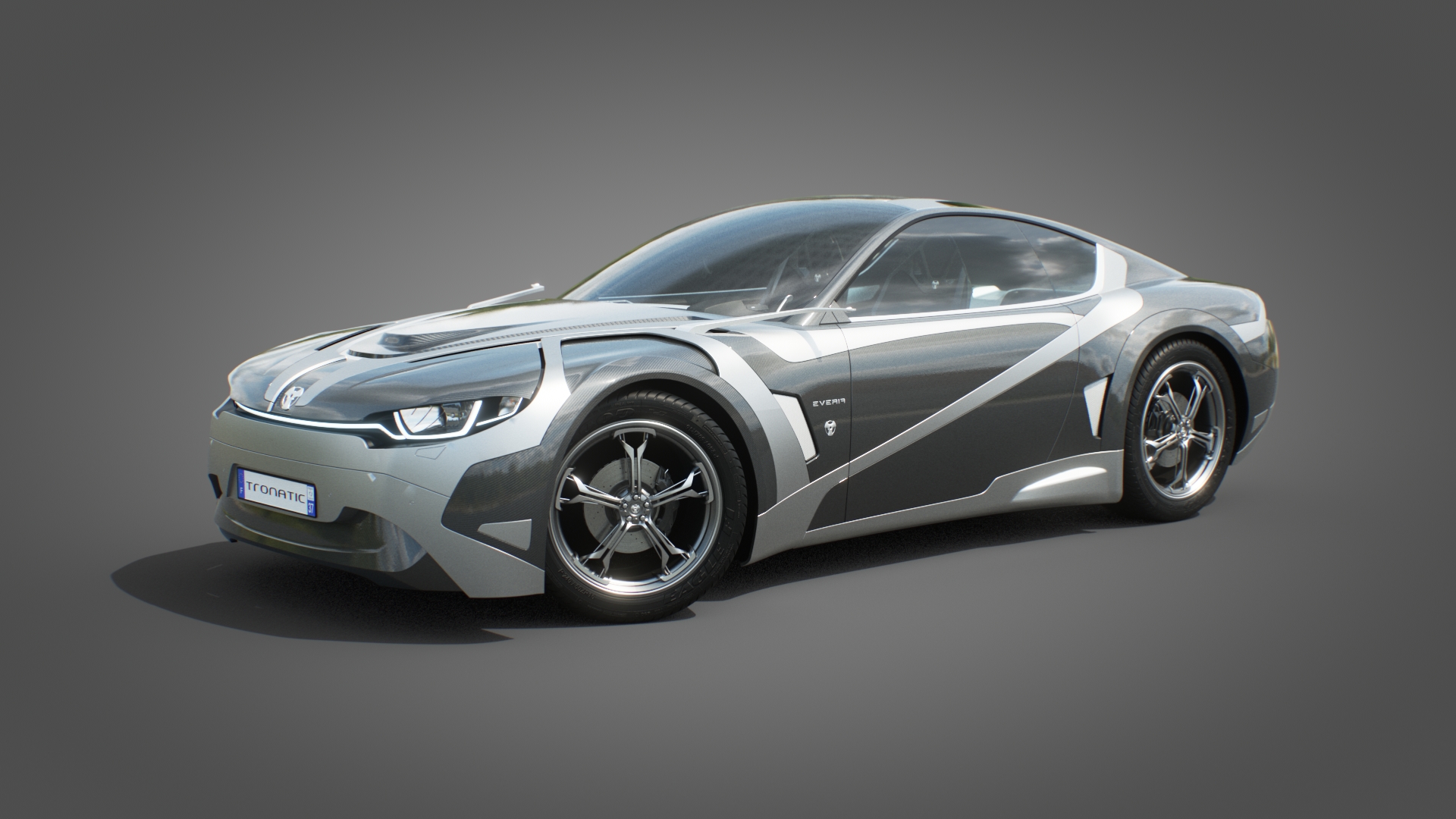

In this way, a 3D model can be integrated into a scene with reflections and exposure faithful to real-life conditions. For example, a sunset captured in HDRI could illuminate a virtual character with the warm, soft nuances characteristic of that moment.
Nous vous en parlons plus amplement dans notre article juste ici.
MCBETH CHARTER
The McBeth Chart is often, if not always, used with light probes. This color chart is used to record the colorimetric response of the camera on set, using reference colors.
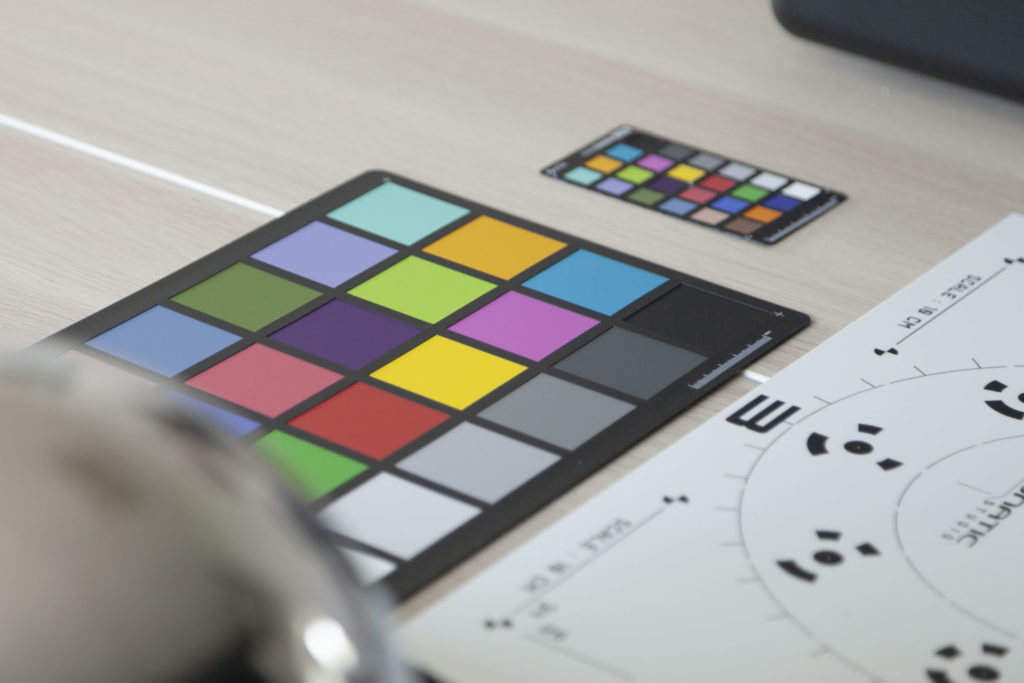
By comparing these references with the actual footage, we adjust the colorimetry in post-production to guarantee optimum color fidelity in the final images.
DEFORMATION GRID
The distortion grid is used to measure distortions caused by camera lenses.
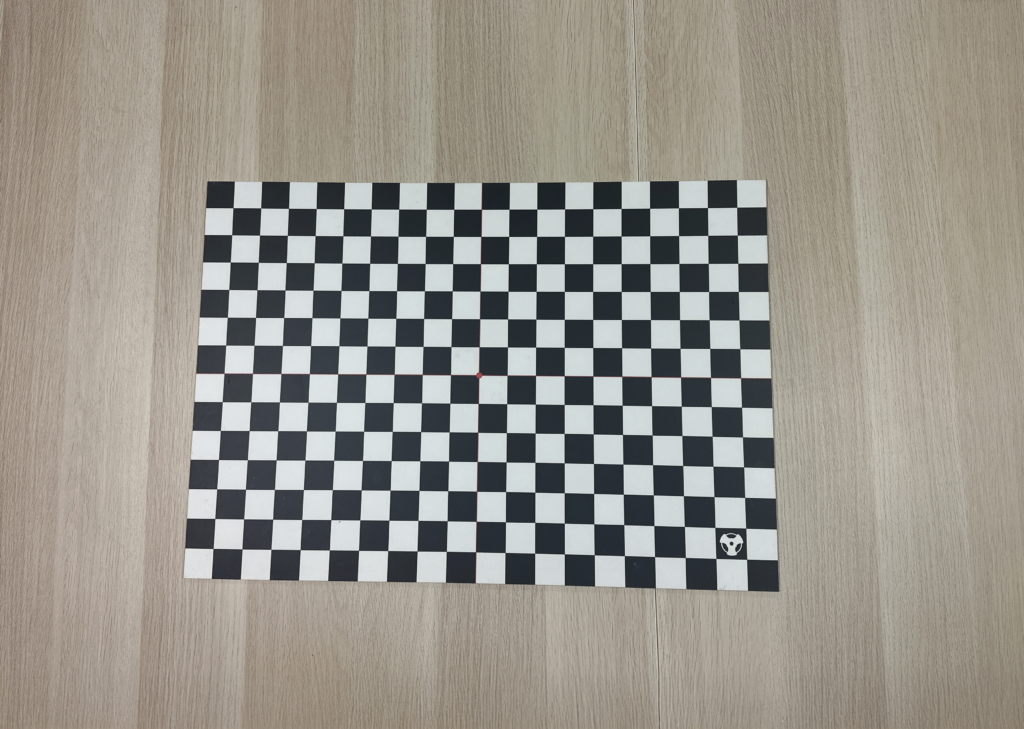
By filming this grid, any optical distortion can be identified and corrected in post-production, guaranteeing seamless integration of CGI elements with real shots.
TAPE MEASURE AND LASER METER
These tools may seem basic, but they're essential for capturing scale references and accurately measuring camera parameters! In fact, thanks to them, you're able to obtain data such as height and distance from objects in the scene.
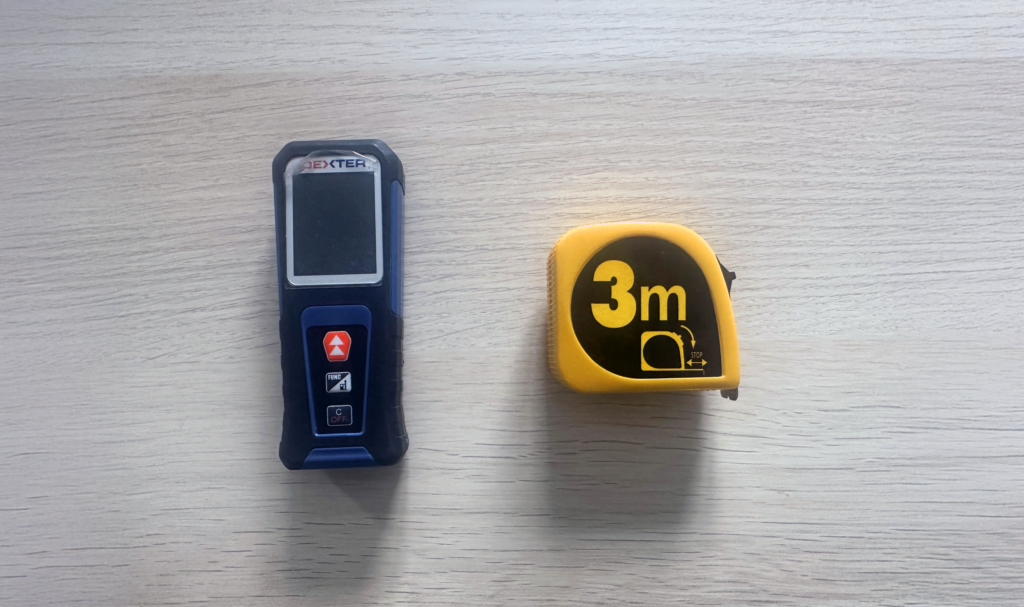
This ensures a perfect match between the real perspective and the virtual scene.
With these five tools in hand, you have everything you need to capture accurate data and ensure seamless integration between the real and digital worlds. If you use any other tools, please let us know in the comments!